The technology is self -reliant, and there is a genetic ︱ in Wuhan to read the Yangtze River in China along the Yangtze River
Author:Changjiang Daily Time:2022.07.21
The Yangtze River Daily Da Wuhan client July 21st "Science and technology has self -reliance, Wuhan has genes." From the 18th to 20th, "Reading China One One Hubei Changjiang Bank along the Yangtze River" visited the Wugang No. 1 blast furnace The National Industrial Site Park and Qingdao Road Pinghe Packing Factory of Hankou. Everyone has experienced the glory of modern Wuhan industry, and also witnessed these industrial heritage through repair and protection, and gorgeously turned to be a museum that witnessed the context of urban industrial literature, cities with cultural leisure citizens and leisure cities. New landmark.
Wudang No. 1 blast furnace, carrying the steel mission of the strong country of Xingguo all the way

Visit the league to visit the first iron keys in the Republic on the spot. Changjiang Daily reporter Peng Nian Photo
"I have worked in Wugang for 27 years, and I have no chance to approach the No. 1 blast furnace. I am mysterious and curious. I want to know how they work at that time. What are the motivation for the father and parents to fight for it." On the afternoon of the 18th, the visiting group came to Wugang The National Industrial Site Park No. 1, Chen Lu, who was retired from Wugang retired last year, saw the magnificent steel structure of the magnificent iron outlet of the No. 1 blast furnace, "shock! Unimaginable, then the country was still poor, and martial arts could be built. "
Grandpa Chen Lu worked as the chief of labor and management in Wugang. Her father worked in positions such as flat furnaces and metallurgical furnaces. She remembers that her father was wearing white work clothes that year.
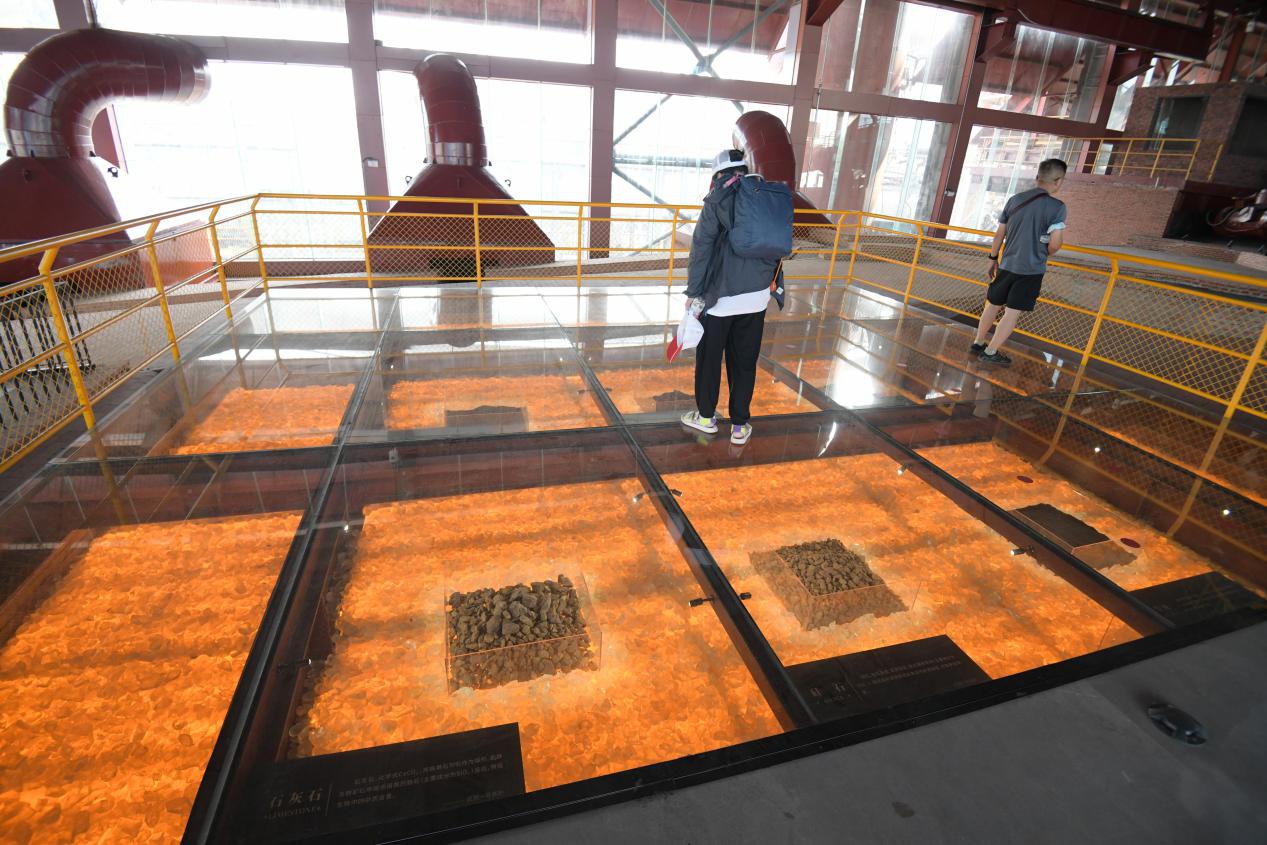
The members of the visit delegation went deep into the inquiry of the Budang No. 1 blast furnace. Lu Shiwen Photo
In the History Exhibition Hall of Wugang Factory, the explanator Li Qiuyang told the visiting team members that the Wigger for Words Iron and Steel summarized the "three spirit of fighting for the Chinese workers' class, glory to the motherland of the socialist country, and strive for first -class work." At the entrance of the exhibition hall, the martial arts one -meter seven -rolling machine miniature model also wrote the slogan of "competing for glory and glory".
Cheng Lin, the person in charge of the Wusteen Co., Ltd., introduced that at the beginning of the founding of the New China, the per capita steel output was only 2.4 kilograms, and the per capita steel output of Soviet Union was more than 60 times that of China. The Wugang No. 1 blast furnace was started on July 1, 1957, and was completed and put into operation on September 13, 1958. From the birth of, birth to growth, carrying the steel mission of the country and the strong country.
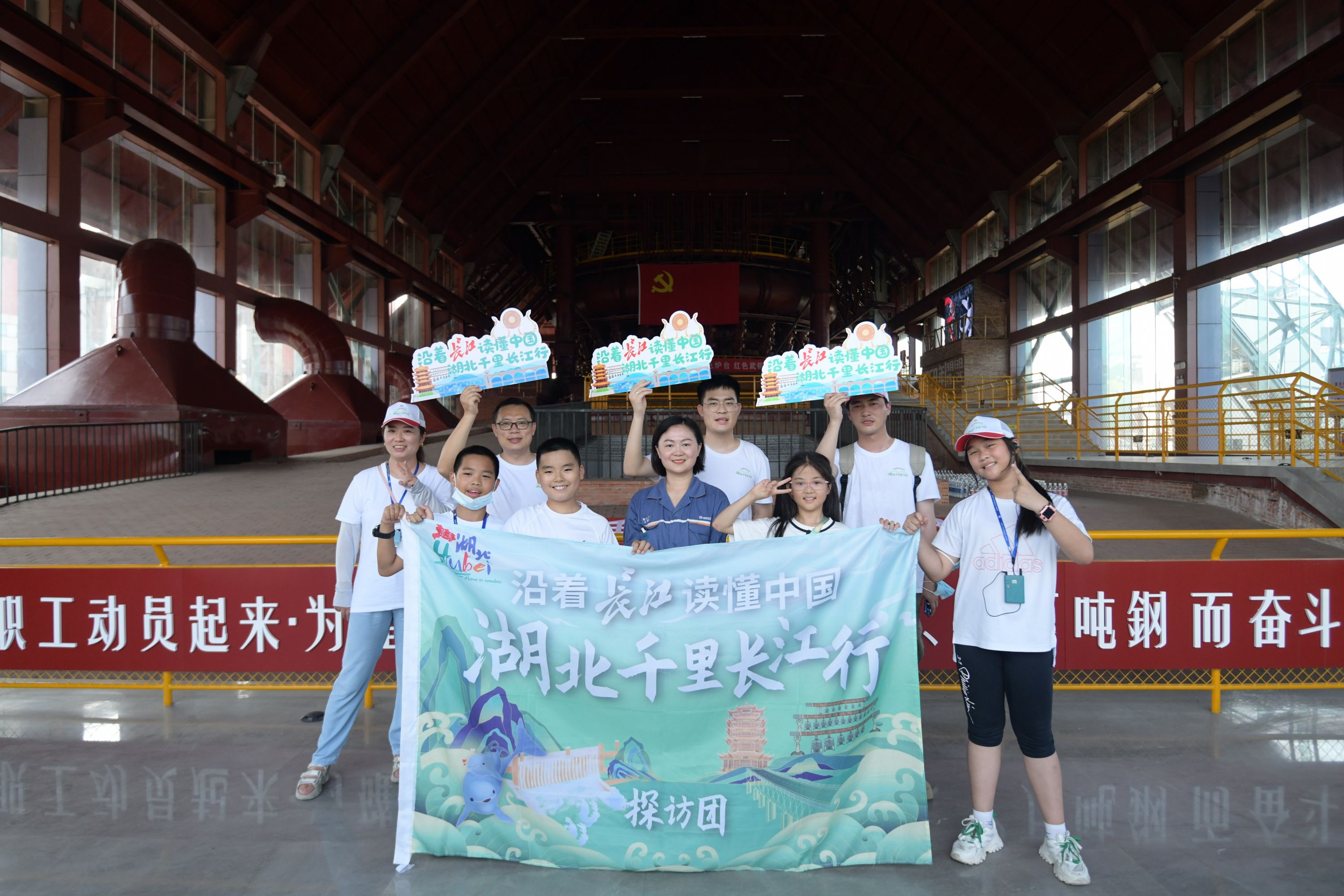
Visit the first blast furnace of the Republic of the Group. Changjiang headline user@摄 长 长
Wudang No. 1 blast furnace has taken out Zhang Shourong, the only iron -studded academician in New China, growing up from the only iron vestors from junior high school culture to technical experts, Li Fengen, who has been seen by Chairman Mao eight times, and outstanding representatives of the national model Wang Shuizhi. The spirit of the blast furnace of "Ironmaking and Refining" is known as the "roots" and "soul" of Wu Gang.
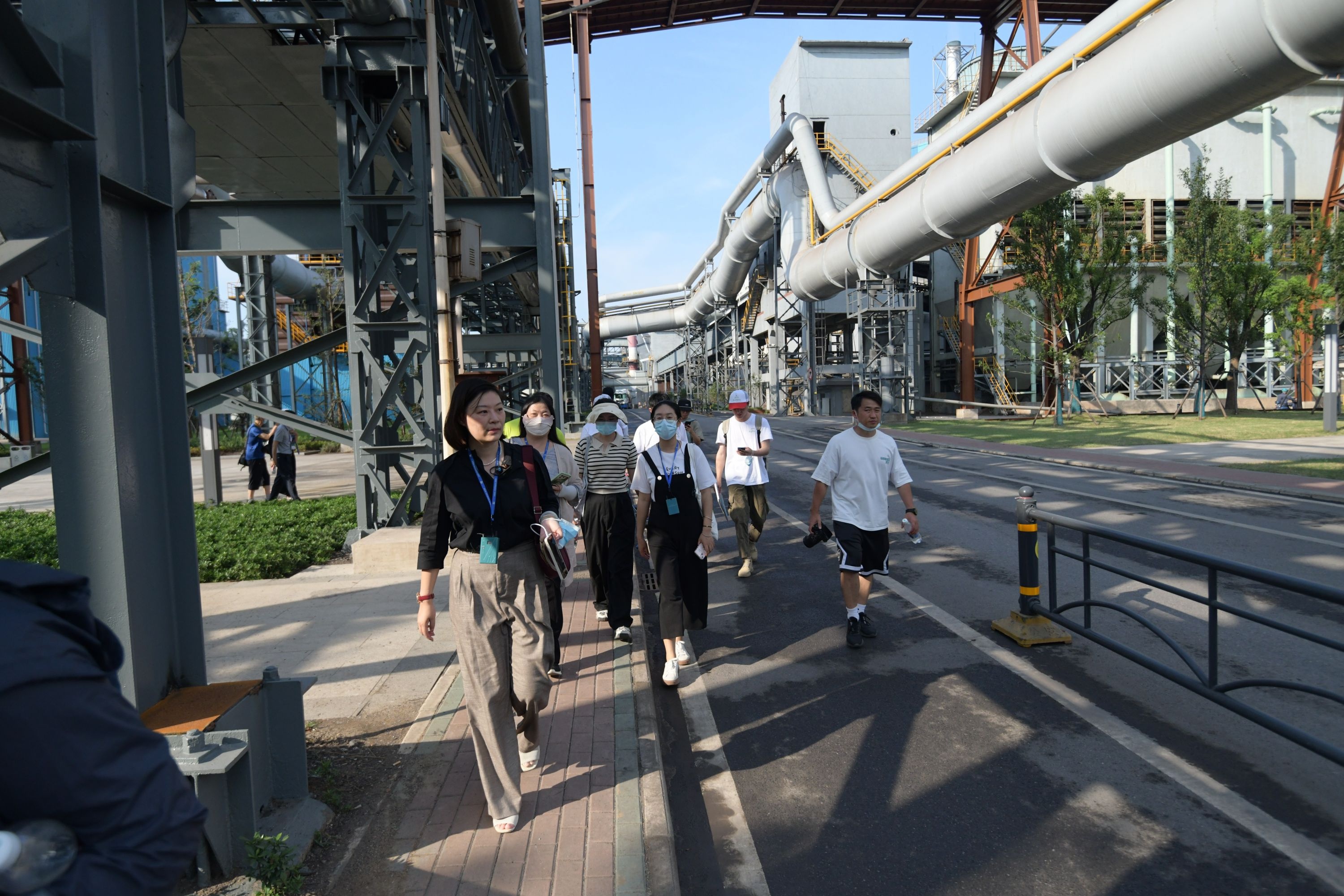
The members of the visit delegation visited the National Industrial Site Park of Wugang No. 1 Balcon. Lu Shiwen Photo
At the end of 2021, Wu Gang No. 1 blast furnace was selected into the National Industrial Heritage. In order to continue the history of the glory of history and inherit the spirit of the "iron -made and refined people", Wugang Co., Ltd. invested 80 million yuan to carefully build the Wugang No. 1 industrial site park, unveiled on July 1 this year.
Zhang Duqin, former director of the Institute of Urban History and Culture of Wuhan Academy of Social Sciences, said that major industrial construction projects in the early New China represented by Wugang and Qingshan Hot Power Plant, as well as the spiritual wealth formed in these modern industrial construction, all wrote all the time. He is the modern and contemporary legend of Jingchu culture and the Yangtze River culture. The construction of Wugang has added another modern industrial civilization to the Yangtze River civilization. Wugang No. 1 blast furnace industrial site is a representative modern industrial cultural symbol of the Yangtze River culture. Essence
More than 100 cultural and creative enterprises have settled in, and the century -old building has an opportunity
On the afternoon of the 19th, I got off at Qingdao Road and visited the players to enter the Pinghe Packing Factory. A beautiful European -style building wall made of gray bricks presented in front of everyone.
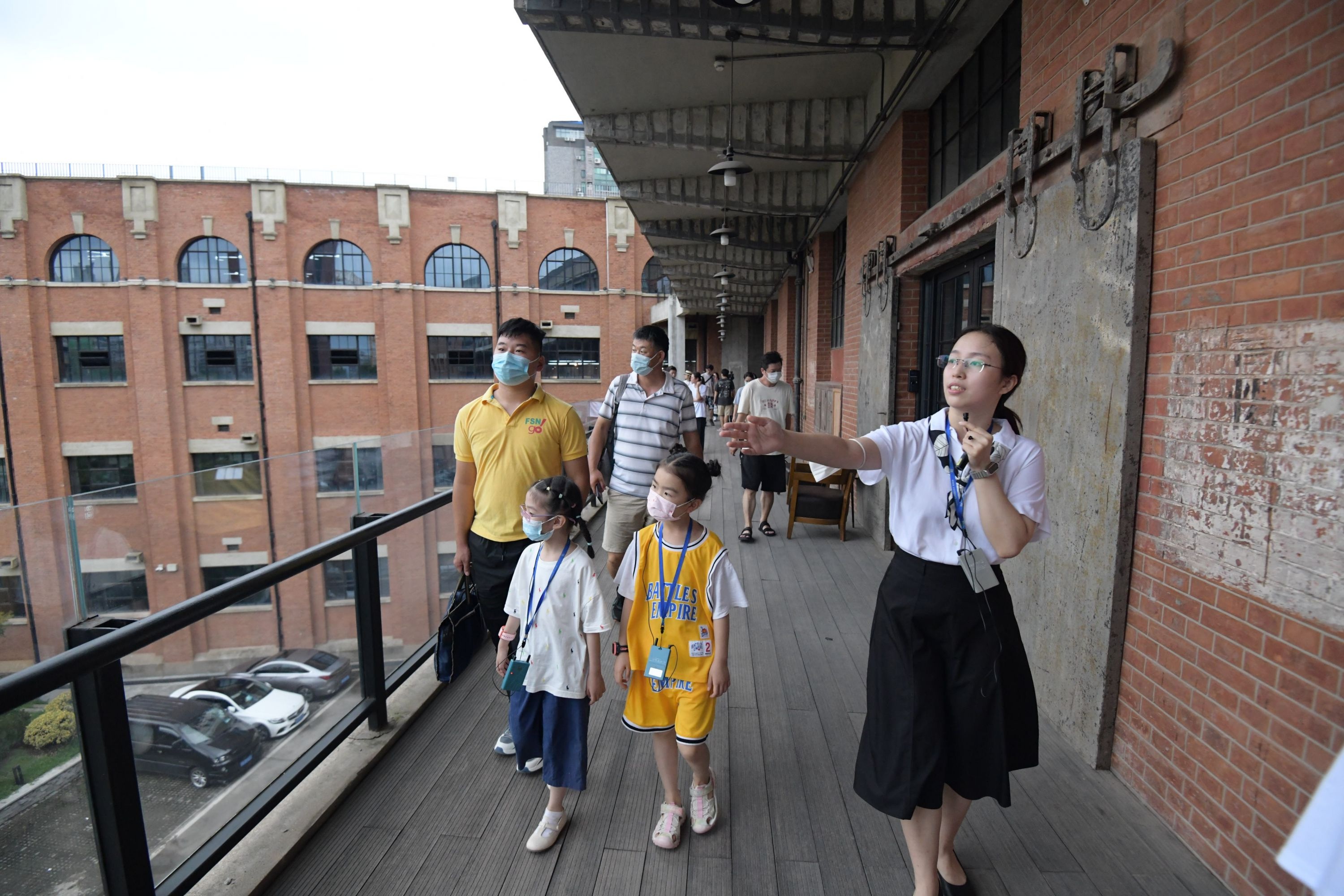
The visiting group is in Pinghe Packing Factory. Lu Shiwen Photo
According to the interpreter, the Pinghe Packing Factory consists of 5 buildings, which were built in 1905, 1918, 1933, and 1949, and were integrated by multiple promenade to form existing space. It was mainly used for warehousing cotton and other supplies that year.
Visiting the team member Wang Xizhen picked up the smart watch and took a picture of the other red brick exterior wall. "The red bricks here have been more than a hundred years, so amazing!"

The visiting group punch in at Pinghe Packing Factory. Lu Shiwen Photo
On the third floor along the staircase, the strong reinforced concrete stairs and wall structures show a century of vicissitudes. There are many black rivets on the wall and large screw caps on the wall. Many cultural and creative companies work on the third floor. On the ceiling on the third floor, you can see large -sized work steel. Chen Qianru, a state -owned company in Jiang'an District, said that this was the largest span -shaped steel beam at that time. At that time, the materials such as brick and wood were generally used as the beams of the house, and the steel beam used here was transported from the United Kingdom in 1905.
There are also many iron fire buckets in the building, as well as water tanks. The Pinghe Packing Factory has the most advanced fire spray alarm system at that time. It is produced in Manchester, the birthplace of the British Industrial Revolution. The pressure gauge at the top of the spray system is completely preserved, and the numbers are clearly visible. It is extremely rare in the country to save such a good century ago.
Han Zhong, an expert at the visiting group consultant and professor at Hubei University School of Zihuan University, introduced to the visiting group members. This is the earliest processing packaging warehouse in the Old Concession of Hankou. The largest monomer of modern industrial heritage is also an important historical testimony of China's industrial development and changes. It was rated as the earliest industrial building in Wuhan. The size of 30,000 square meters is the only one nationwide. The members of the visit delegation visited the Art Museum of the Goose Club Bookstore on the first floor. Photo Wang Hai

On the first floor of the Goose Society Bookstore Art Museum, Cao Changze, the child who visited the delegation, said: "I have never seen such bookstores, books, sofas, drinks, painting exhibitions, and old -fashioned vocalists!"
Chen Qianru introduced that in 2017, Jiang'an District began to protect the Pinghe Packing Factory. Now it has built a cultural and technological and creative park. More than 100 cultural and creative enterprises have settled in.
Hanyang Iron Factory Centennial Industrial Pulse Butterfly Cultural and Creative Park
In the early morning of the 20th, during the heavy rain, the visiting members gathered the Zhang Zhidong Museum at the intersection of Hanyang Qintai Avenue and Jiangcheng Avenue, and then entered the "Sunac Wuhan 1890" project exhibition hall. Outside the lobby, the huge grasses, reducers, machine tools, bearing and other industrial machinery components are used as physical sculptures, suggesting that this land has used to have the past and glory.
Zhang Jicai, an expert from the visiting group consultant and professor at the School of Grammar and Economics of Wuhan University of Science and Technology, told everyone the past and present life of Hanyang Steel Factory: In 1890, Zhang Zhidong, a heavy court of the late Qing Dynasty, hosted the Hanyang Iron Factory in Wuhan. , Han River remitted into the Yangtze River entrance. At that time, there were 10 plants, more than 3,000 workers, and more than 40 foreign technicians. The Hanyang Railway Factory and the Hanyang Arsenal and Hanyang Gun Pharmaceutical Factory, which were later established near him, jointly formed the "Hanyang Shili Industrial Gallery", which ushered in the era of "Hanyang" in modern Chinese industry.
The visiting delegation check in the former site of the oxygen workshop of Hanyang Steel Factory. Lu Shiwen Photo
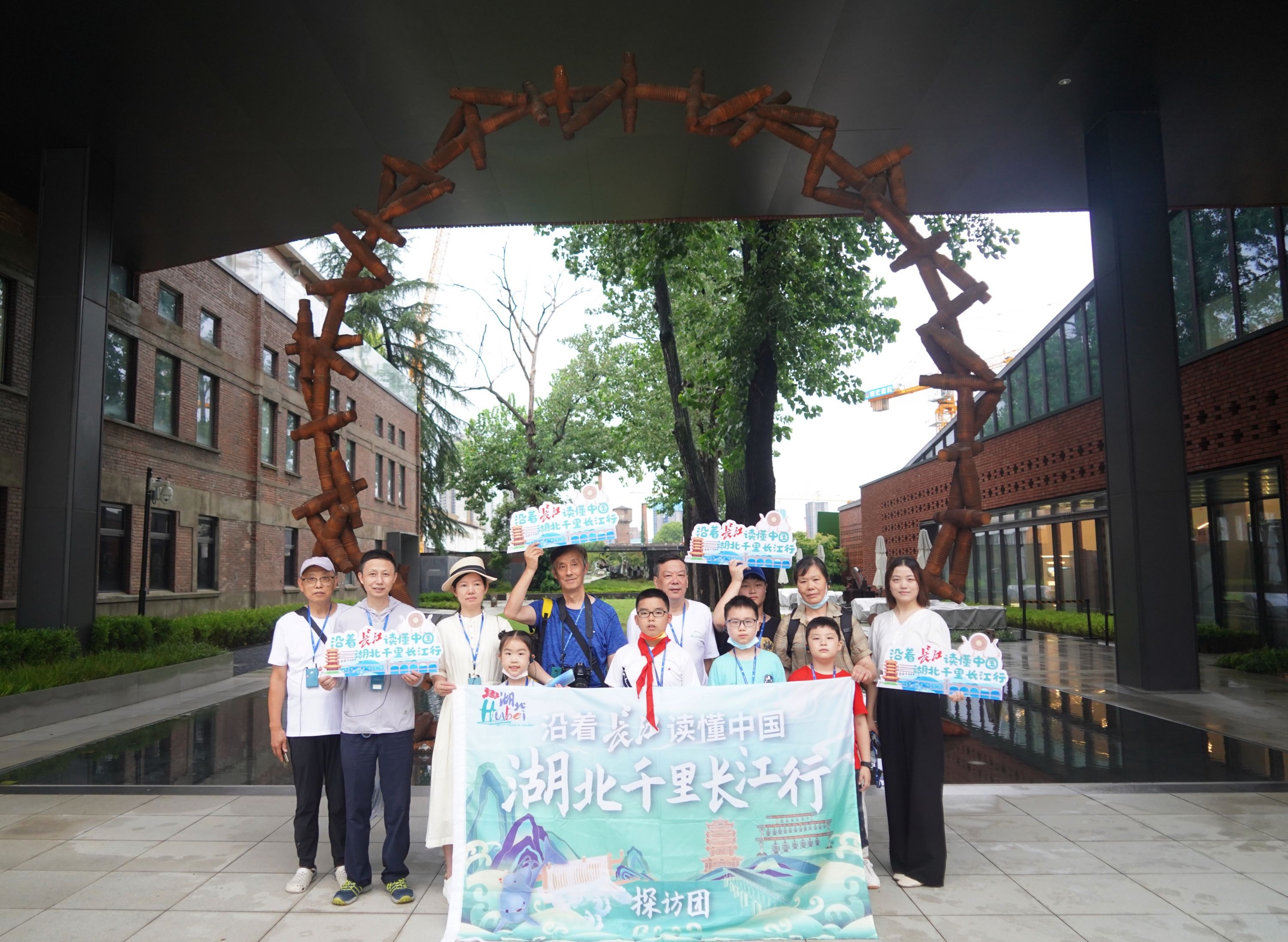
In 1938, the Japanese army approached Wuhan, and the equipment and technical staff of the Hanyang Iron Factory moved to Chongqing, becoming the predecessor of today's Chongqing Iron and Steel Company. The original building and machinery of the Hanyang Railway Factory almost disappeared before the establishment of New China.
In 1952, the Hanyang Steel Factory was established in Wuhan City to select the original site of the Hanyang Gunproof Pharmaceutical Factory of the "Hanyang Shili Industrial Corridor". In 1979, it was merged with the Hanyang Rolling Factory into a new Hanyang Steel Factory. In the 1990s, with the restructuring and relocation of the enterprise, the once famous industrial parks were silent, leaving only 400 acres of industrial sites and a group of old factories to form an industrial annual rotation since the founding of New China.
The visiting regiment felt the industrial annual rotation here in Hanyang Steel Factory. Photo Wang Hai
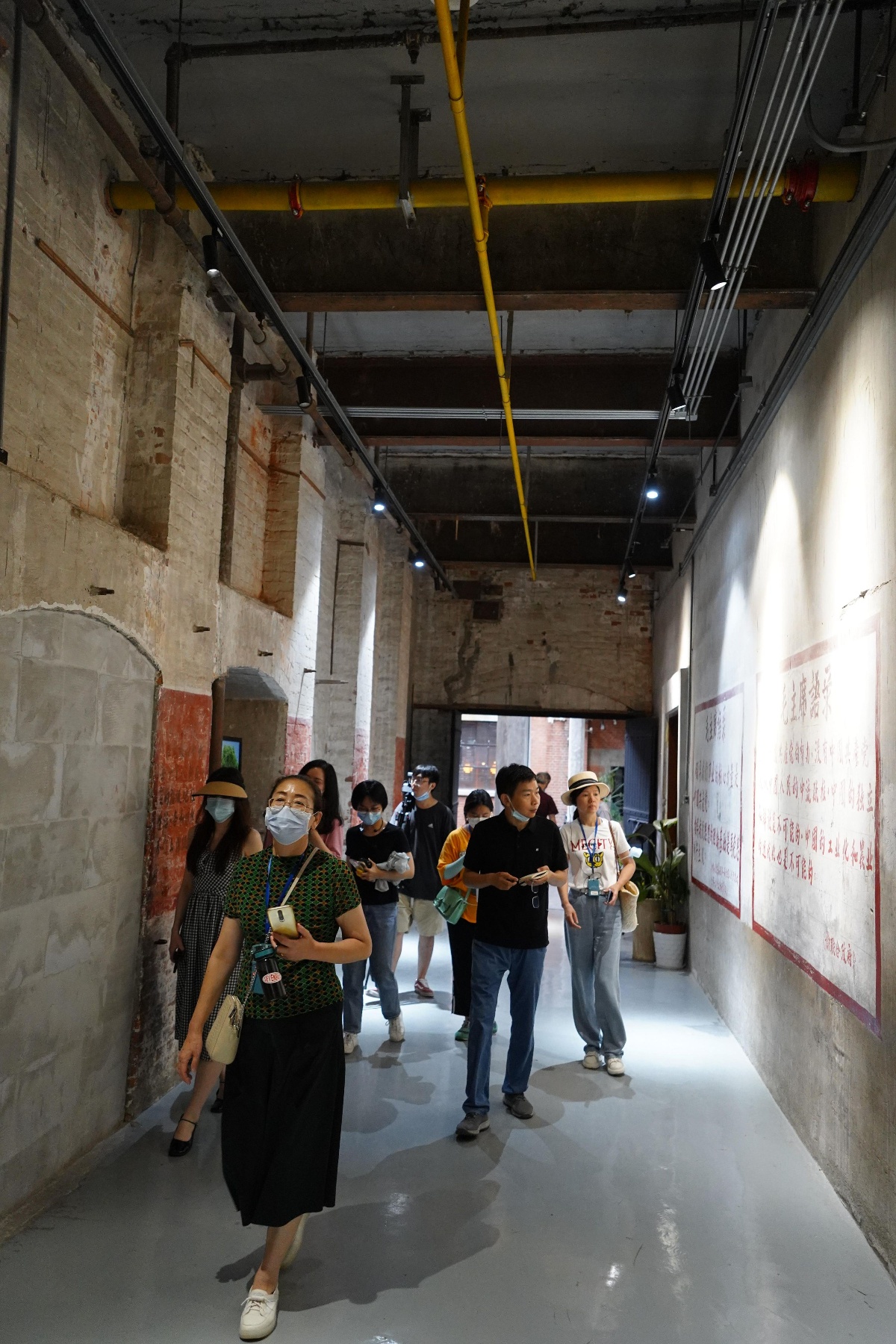
"Hanyang Iron Factory is the product of the people of Chinese insight to seeks the country and the people, and witnessed the suffering and glory of my country's national industry. Hanyang Steel Factory and Hanyang Iron Factory are in the same vein." Visiting team members, in 2017, Hanyang Iron Factory of Hanyang Ping Company was selected as the first batch of national industrial heritage. In order to inherit and reshape the cultural and spiritual core of the Hanyang Railway Factory, in 2020, the Wuhan 1890 Industrial Site Research Institute was established through cooperation between government and enterprises to re -plan the park space and design the transformation plan. At that time, it will present a comprehensive functional area integrating business, culture, and business office.
Huang Xiaohe introduced that the old rod factories that looked at the street across the streets were repaired and became the main venue of the sixth Wuhan design biennale. The exhibition attracted more than 1.5 million audiences to watch online and offline.
In the early days of the Anti -Japanese War, Wuhan became the largest industrial city in the country
Earlier this year, the Ministry of Industry and Information Technology announced the fifth batch of national industrial heritage lists, and Wugang No. 1 blast furnace and Qingshan Hot Power Plant were selected. Both industrial heritage are located in Qingshan District of Wuhan, both of which are one of the 156 key engineering construction projects of the National "Five -Year Plan" in the 1950s, laying an important foundation for the industrialization of New China. Earlier, of the four batches of national industrial heritage list announced by the Ministry of Industry and Information Technology, the first batch of Hanyang Railway Factory was selected by Hanyang Railway Factory. At this point, Wuhan's national industrial sites have increased to 3 places.
From 2017 to 2021, of the 4 batches of national industrial heritage identified by the Ministry of Industry and Information Technology, 8 industrial heritage in Hubei was selected, namely Hanyang Ping Company Hanyang Railway Factory, Hanye Ping Company Da Sweeping Factory, Bronze Mountain Bronze Mine Site , Hubei May 1st Three Three Factory, the former site of Huaxin Cement Plant, Gezhouba Water Conservancy Hub, Two Three 48 Eight Pu Textiles, and Zhao Liqiao Tea Factory, Hubei Province.
Zhang Duqin, former director of the Urban History and Culture Institute of Wuhan Academy of Social Sciences, can be said that since modern times, Wuhan has been one of the birthplaces of modern industries in modern China, second only to Shanghai.
Zhang Duqin said that in November 1937, Shanghai lost, including more than 170 Jiangsu and Zhejiang industrial enterprises, including Shanghai, moved to Han, and industrial enterprises in Wuhan area increased to more than 500. By October 1938, the Japanese army invaded Wuhan, Wuhan became the largest in the country in the country's largest. industrial city.
Later, Wuhan's industrial enterprises moved westward, and Chongqing and Baoji accepted a large number of industrial enterprises moved from Wuhan, which changed the industrial layout of southwest China and Northwest China.
In the early 1950s, a group of large martial arts large -scale industrial enterprises represented by Wugang were founded in Wuhan. Wuhan was called the industrial foundation and scale of Huazhong. , Make Wuhan people proud.
Zhang Duqin said that the state advocates the use of industrial heritage to revitalize, inherit and promote excellent industrial culture, and promote the transformation of enterprises and urban renewal coordinated development. As a Wuhan with rich industrial heritage resources, as early as 2012, the protection and utilization plan for industrial sites in the city has been prepared, and 27 industrial relics have been determined in 95 industrial relics as a list of industrial heritage recommendations in Wuhan, covering 13 industries in 6 periods. Among them, there are 15 industrial heritage of scarcity, high influence in the country, and listed as national, provincial, and municipal cultural security units. This plan was approved by the municipal government in May 2013 and announced its implementation. In recent years, Wuhan has done a lot of work in the protection and utilization of industrial heritage, in order to create an industrial heritage museum, build public space landscapes, and build new cultural and creative industrial parks, etc., to activate a number of key industrial sites. The visiting group of "Reading China One -One Hubei Changjiang Bank" this time, the visit to the Wusteen No. 1 National Industrial Site Park, Pinghe Packing Factory Cultural and Creative Park, Hanyang Steel Factory Industrial Site 1890 renovation project, which visited Excellent model.
Attachment: The first batch of industrial herths in Wuhan (27 places)
- END -
Jiaocheng County People's Government's Requesting Office on the Requesting Work of Application in 2022
With the approval of the State Council and the Central Military Commission, the recruitment work of our county in the second half of 2022 has been fully launched, and the relevant matters will be anno
[Photography] Changning Lane Village: Summer sunflowers to the sun and the golden flower sea tourists are coming

Recently, 200 acres of sunflowers in Ping Village, Yangquan Town, Yangquan, Changn...